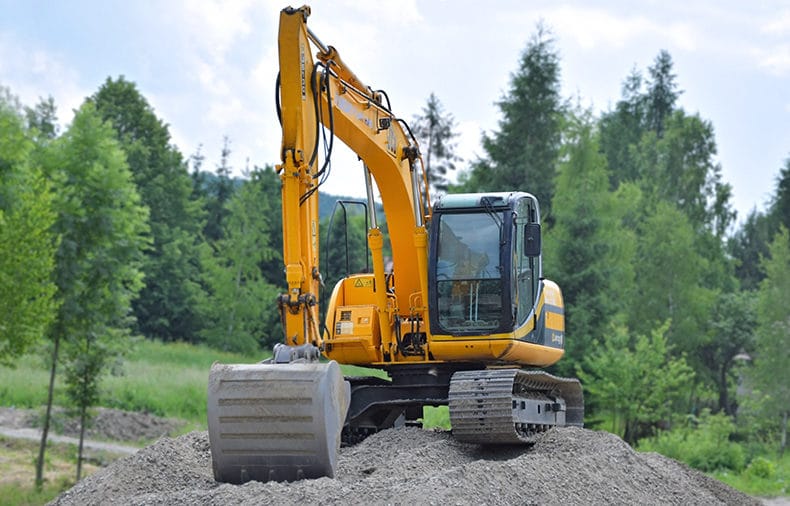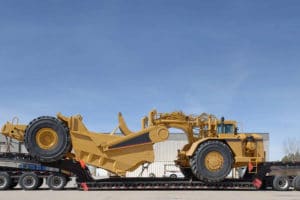There are several steps to take when shipping your heavy equipment that will help make the process easier. It’s not easy to move industrial machines, bulldozers, tractors, cranes, or farm equipment — mostly due to their incredible size and weight. Heavy equipment transporters are experts in their field, and are equipped with advanced, heavy-duty equipment for the job.
To be ready at the pickup point, speak to your transporter beforehand and make sure they have all the necessary permits for transport. Also, ask them how you can prepare your equipment. They will give you tips based on their experience and your specified shipment. For example, your transporter may advise you to bubble wrap fragile levers within the cab of a tractor, or secure the doors of a crane shut with zip-ties. Work with your provider to work out any necessary permits ahead of time.
1. Check the Manual
The manufacturer’s manual is the first step to getting your machinery ready. You may have the manual yourself, or you can look it up the manufacturer’s website. This manual may advise you to take certain measures, such as disconnecting batteries, emptying engine fluids, or securing loose parts.
2. Obtain the Necessary Permits
The FMCSA has specific guidelines for securing and transporting heavy equipment. Oversized and overweight loads will require special permits to be transported on the road. Remember that large equipment loaded on a trailer may be too tall to go under power lines and bridges, or travel certain roads. You should work with the transporter before the pickup date to secure these permits, and prevent delays or legal complications.
3. Cover Vulnerable Parts
Remember that your equipment will be probably hauled in the open air, and will therefore be exposed to the elements. Cover any parts that will be vulnerable to rain and wind. In the winter months, prepare against damage to the tanks and lines due to cold and freezing temperature. You may also need to protect equipment against heat — again, reference the owner’s manual.
4. Be Prepared for Pickup and Drop-off
You will need an open area at the pickup and drop-off points to load and unload your equipment. There may also be added equipment necessary for loading and unloading, such as loading docks, ramps, or cranes.




